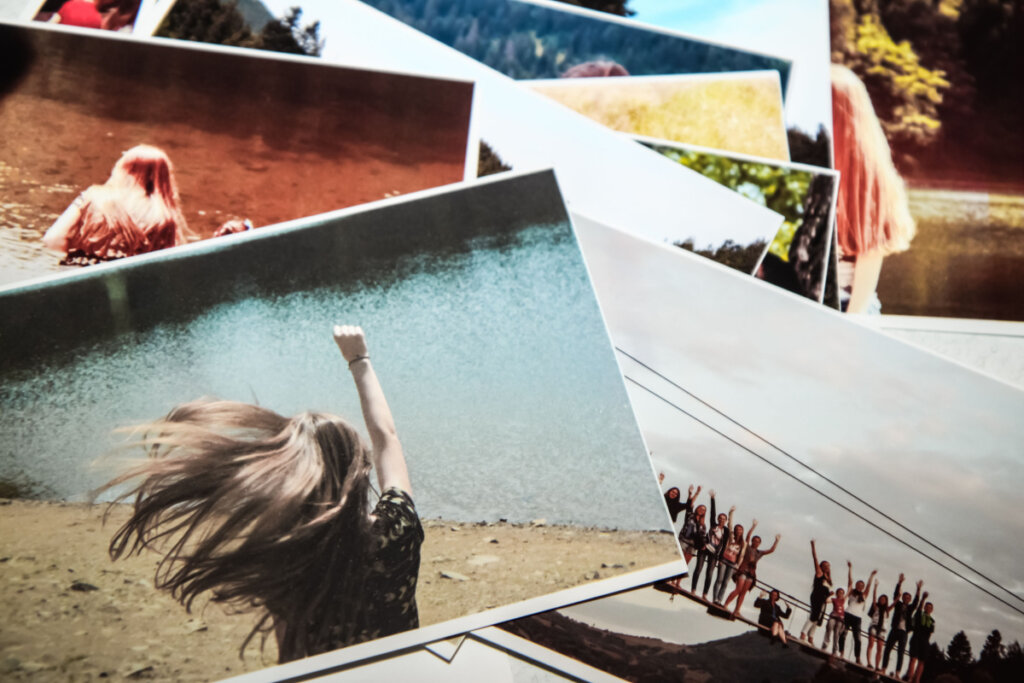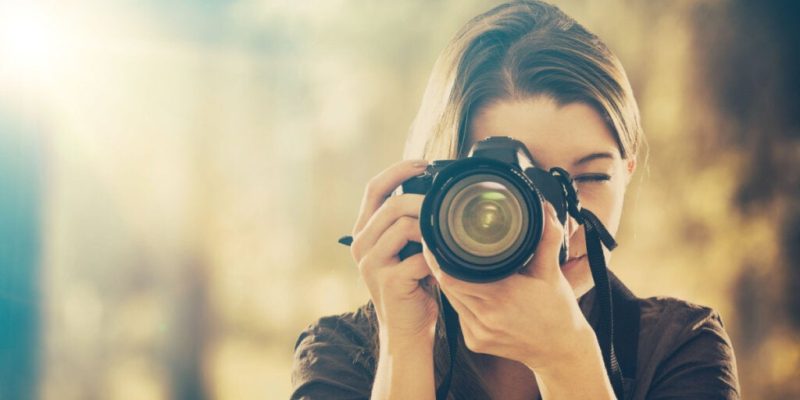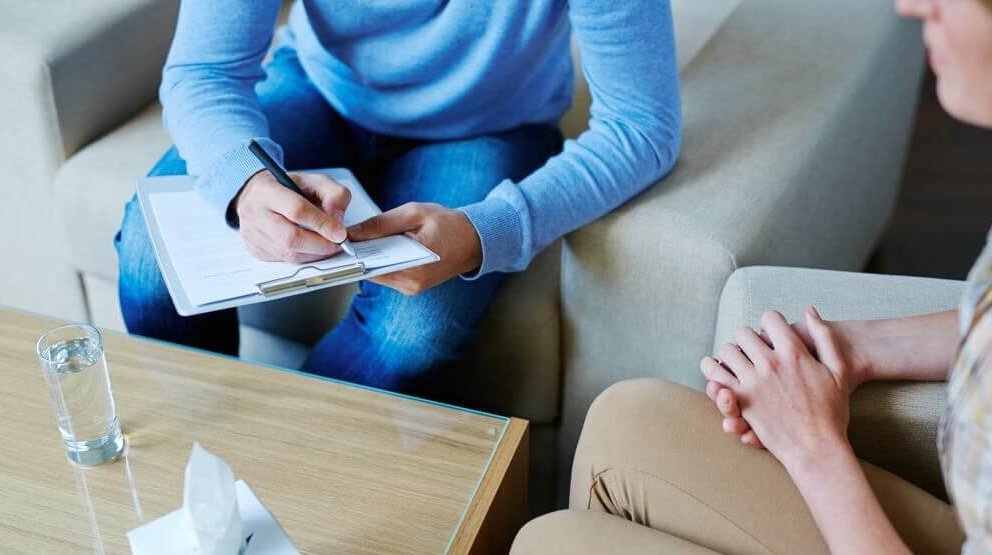Photos are part of everyday life. Indeed, today, it’s not necessary to be a professional photographer to have a good camera. In fact, almost all of us carry ours on our cell phones. It’s because of this accessibility that we want to talk about therapeutic photography.
Photography can be a means of promoting mental health and well-being. It can help you to have a conversation both with yourself and others (psychologist, therapist, groups, etc.). That’s because visual elements communicate experiences that are difficult to put into words.
You don’t have to be a professional photographer
Photography as a form of communication doesn’t require any prior knowledge or experience with cameras. On the contrary, this technique facilitates symbolic exploration. It allows you to approach your own feelings, and question and reconcile your definitions.
Therapeutic photography uses projection as a tool. It avoids defense mechanisms, such as filters, excuses, rationalizations, etc. One of its pioneers is the Canadian psychotherapist, Judy Weiser. She identified five techniques in therapeutic photography:
1. Photos taken by you
By taking the photo, you increase your possibility of interpreting reality. Somehow, you can merge reality with your way of being, and connect and look at the world around you. Additionally, taking photos can help you identify the needs of those around you.
In therapeutic spaces, photos can be used as metaphors and symbols to express the meaning of the places, things, and themes that appear in them.
2. Self-portraits
In therapy, with this technique, you can work on your self-concept and self-esteem. That’s because self-portraits allow for confrontation and self-taken photographs can be an avenue for emotional expression.
The self-portrait can help you deal with any painful and vulnerable encounters face to face with yourself. These encounters can have a positive effect on your self-image if they’re conducted by a therapist who’s aware of your particular problems. Therefore, self-knowledge facilitates assertiveness. Moreover, it helps you identify both your strongest and weakest points.
3. Photos you’re in, taken by others
With this technique, you can see parts of yourself that are out of focus in other modes of self-observation. For example, your profile or your back, how you look when you’re asleep or caught mid-movement, etc.
This type of photo allows you to see yourself from unusual and privileged points of view. In fact, somehow, you’re able to see yourself from others’ perspectives. In effect, there’s no single truth about who you are. After all, the photos in which you appear can vary greatly, and none of them is any more real than the others. They all show many different ‘truths’ of your identity.
4. Photos collected by you
Storing photos is useful for creating internal paths that lead to understanding. In fact, collecting photos is a means of self-exploration through metaphors. In addition, photos can help express certain complex content about reason and emotion.
The photos you collect usually say something about you. Perhaps because, simply by taking them, you’ve already given them a special meaning.

5. Family albums
A family album isn’t just a book, they’re moments in time frozen forever. It’s as if they were ‘alive’ and existing right now. An album encourages you to explore your life and discover your personal history through your relatives. Who are they? Who were their parents? What were the relationships between them like?
Finally, remember that therapeutic photography can:
Reduce problems. Alternatively, it may just be a preventative activity to help strengthen your mental health and promote personal growth.
The post Therapeutic Photography: Photos Can Help You Heal appeared first on Exploring your mind.



















Comments